

Vintage photographer visits the station
Mon 19 Jan 2015
Newcastle-based photographer Jack Lowe visited Wells lifeboat station today as part of a project to photograph all the RNLI's lifeboat stations using his 110 year old Victorian wet plate camera, producing stunning 12x10" images directly onto glass.
The collodion process dates from 1850 and involves creating a film emulsion by pouring chemicals onto a piece of clean glass which is then sensitised to light before being transferred into the camera. After exposure, developer is poured onto the glass to reveal the image which is then stopped with water and finally immersed in fixer, producing a final 'Ambrotype' positive image.
To make this possible, Jack has converted an old ambulance into a mobile darkroom. Each image took around 20 minutes to prepare, shoot and develop, with Jack making two trips between the camera in front of the lifeboat house and the darkroom positioned on the top of the beach bank for each one.
After two years of preparation and planning, this is the first week of Jack's project and Wells is the seventh station to be photographed. The whole task with 237 lifeboat stations will take a minimum of three years to complete.
The images created at Wells today include the view from the boathouse, a portrait of the Coxswain and a group photograph of the crew in front of the boat and boathouse.
Limited edition digital prints from the glass images will be available for purchase from Jack's website. The project aims to document today's RNLI and act as a fundraiser. It is hoped that an exhibition of the original images can be staged once the project is complete.
The Lifeboat Station Project website
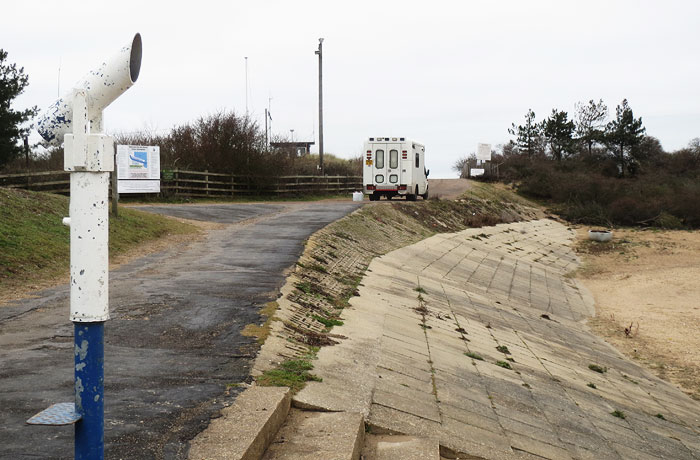
Jack's mobile darkroom, a converted ambulance, on the beach bank
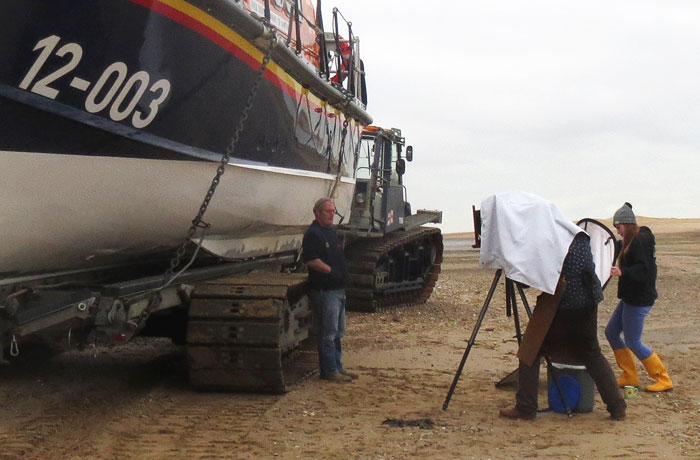
Setting up for a portrait of the coxswain
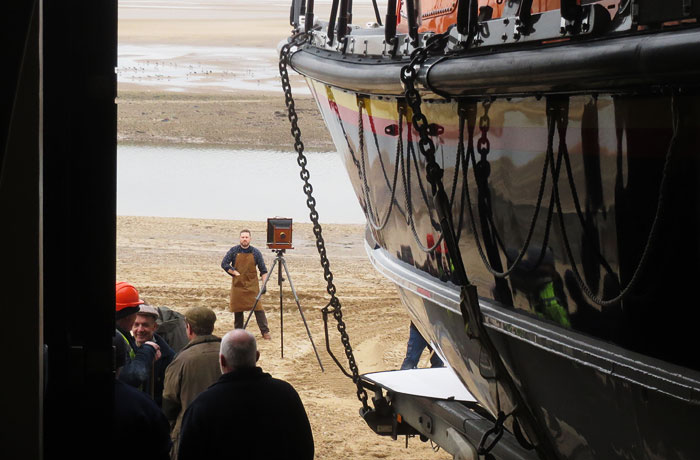
Getting the crew organised in front of the boathouse
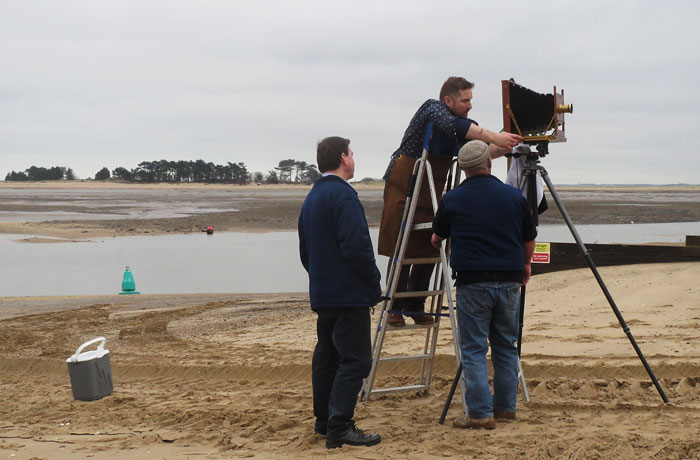
Jack composing his photograph, with a steadying hand from coxswain Allen Frary
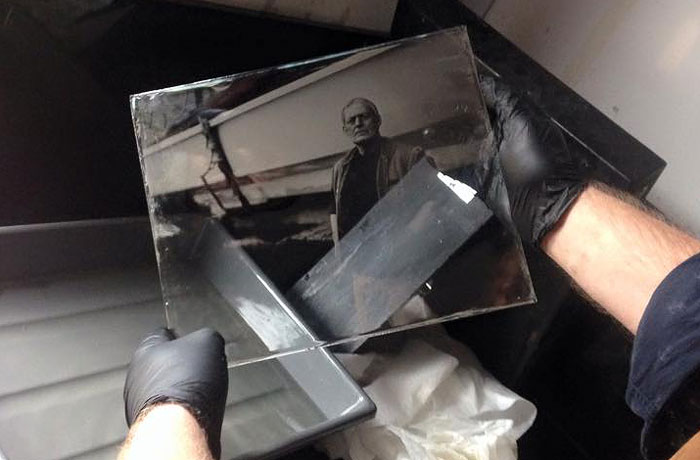
Portrait of the coxswain